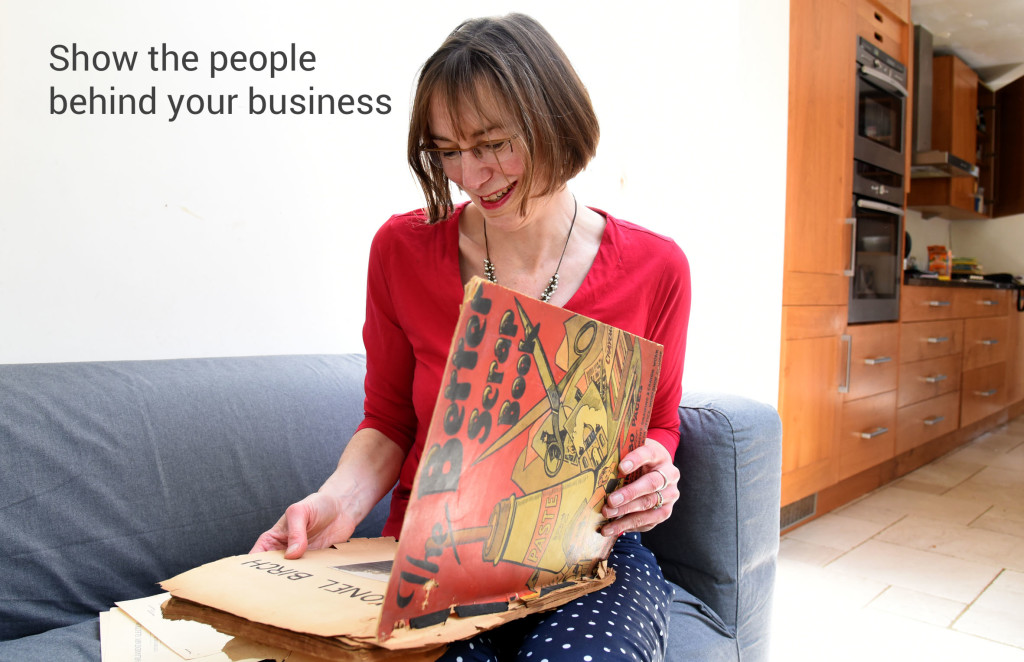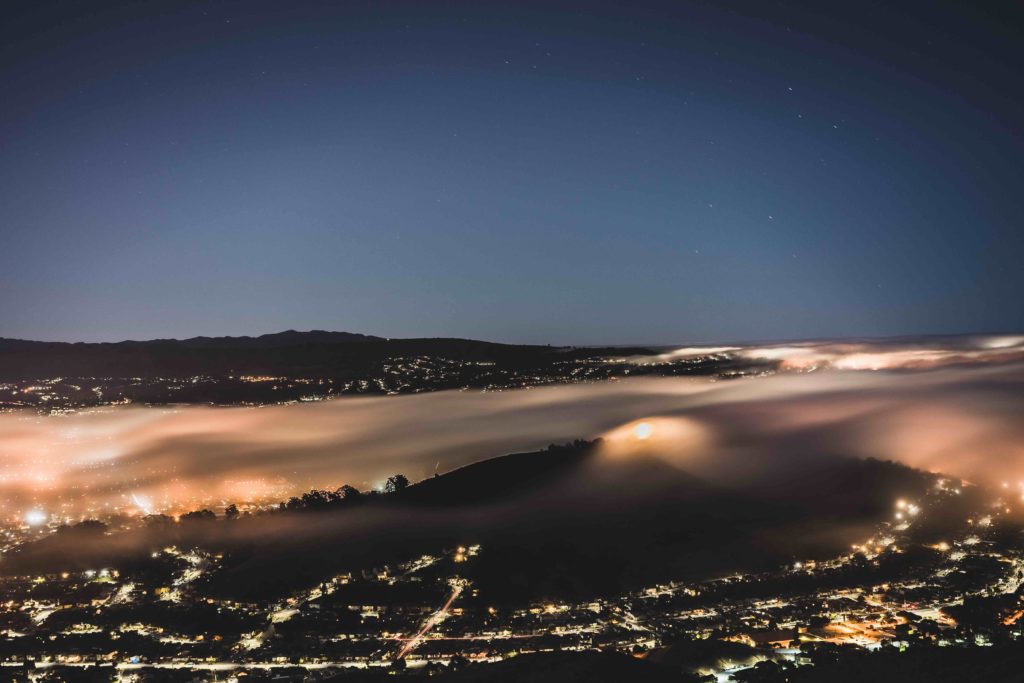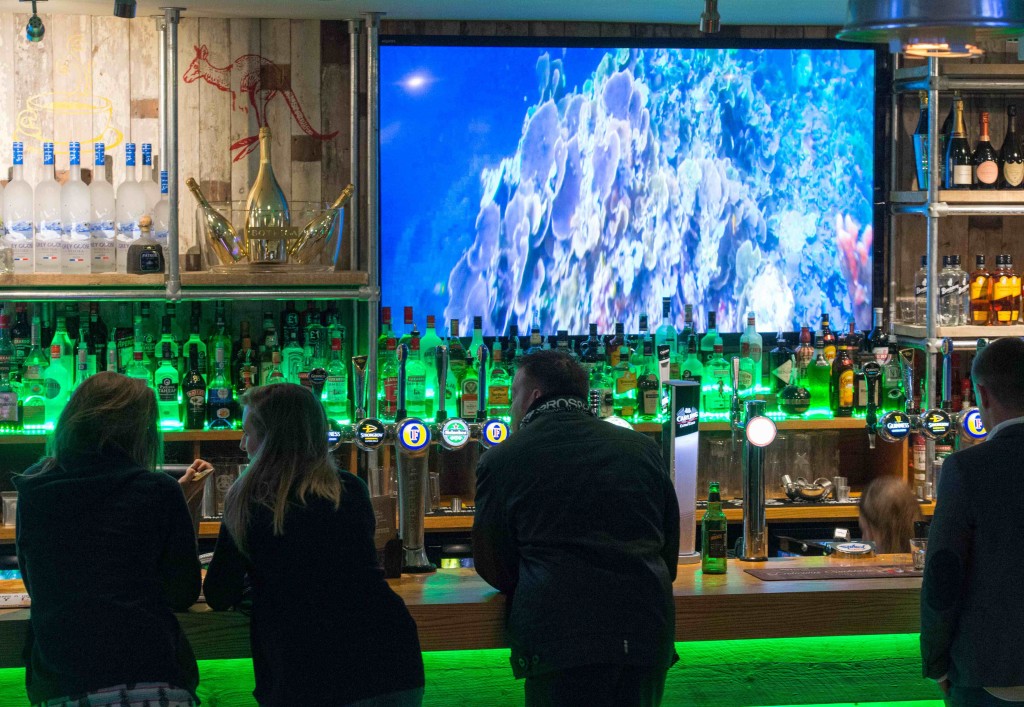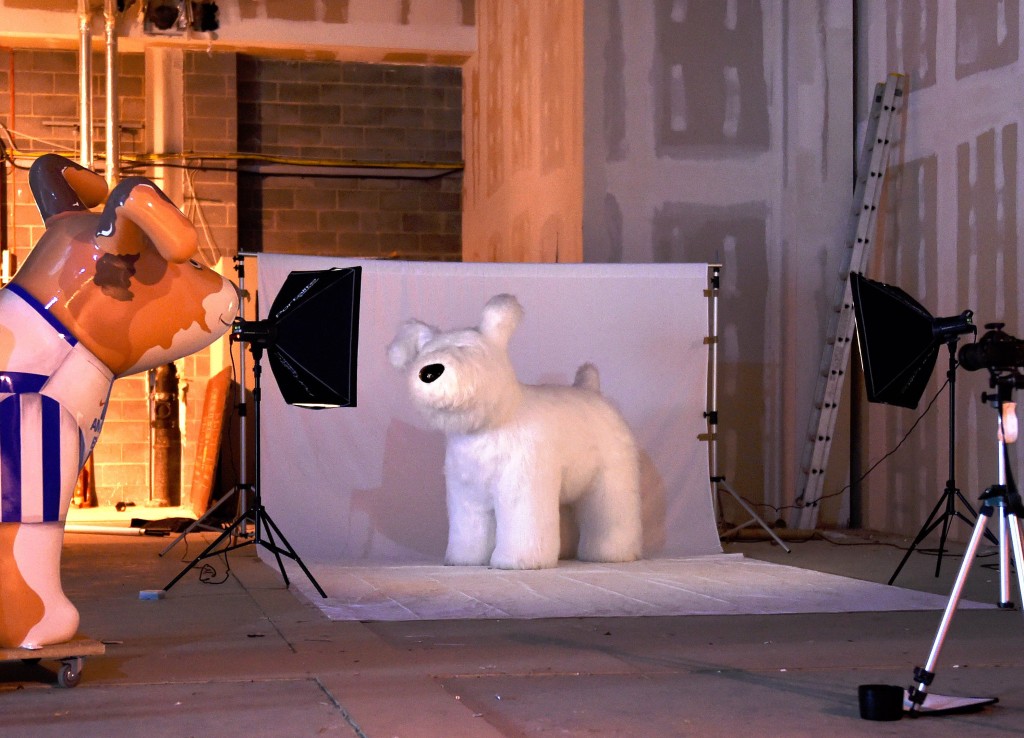10 Tips for Education Photographs
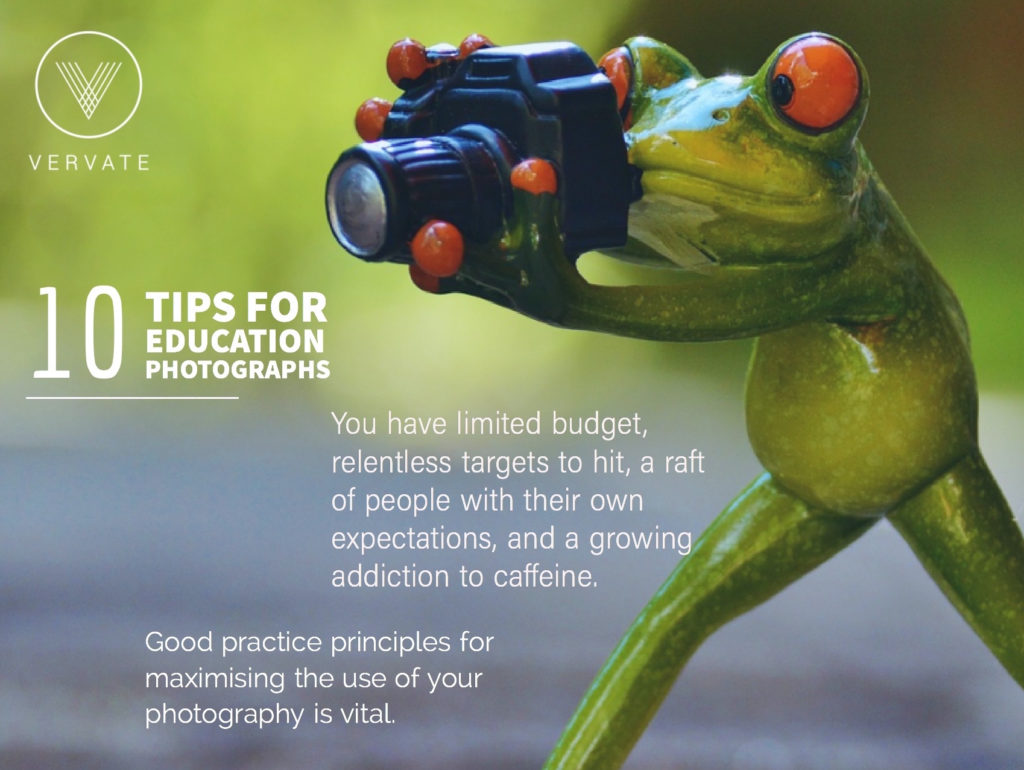
Written by Susi Doherty
Updated: February 2020
This information is designed to help education marketing and business teams to ensure they are covering the bases and maximising any budget spend by creating clear Photography Briefs.
1. POLICY & PRACTICE
Using imagery to tell your story whilst respecting pupil’s rights and adhering to legislation can feel daunting. The information available can seem sketchy, there are some tricky decisions to be made. However all the guidance does indicate that it is important not to throw the baby out with the bath water, so to speak – and have a pragmatic, clear, sensible and open approach. Here is a link to some legal guidance: ICO: Guidance for Schools on Photography
This is a very interesting read too, as it contains some of the issues that can arise and should be considered: Data Protection Consulting. There are areas such as who takes the photographs, when, where, WHY and what they do with them.
Other things to consider for professional photographers are DBS and Safeguarding training.
In specific relation to GDPR, there has understandably been much confusion. They keywords here though are clarity and accountability. Ensure:
you review your procedures annually
consent forms are clear on how you will use the images (you don’t need one each time you take photographs)
your storage and all third parties (ie professional photographers) are GDPR compliant (security and time limits)
2. DEFINE
As a starting point, it is great practice to have a section on photography guidelines in any branding document you have. Define the purpose of a photo commission: what do you need them for? Of course they can potentially be re-purposed but this gives you the starting point to what the photos should be of, their tone of voice, and any technical considerations. For example:
- Stock for your prospectus (you will need high quality files to print, clearly the whole school story at its best)
- Facebook album – parents and/or students can share and comment (smaller, more informal, quickly posted)
- Gallery album – parents can purchase via the photographer or download direct (consider how this will work)
- A selection issued with a press release [1] to the media (tell the story in the picture and ensure it is fit for media purpose)
- Evidence for Ofsted, Individual Learning Plans, Quality Awards, etc (potentially from a range of sources depending on your policies)
- Resources for training, teaching, various curriculum areas, wall art, etc (make sure these are set up in accordance with teaching requirements)
- Newsletters
3. TECHNICAL INFORMATION
As mentioned above, are there any technical things you should let the photographer know about (ie if you are having the images printed (so need higher quality images, or if for a website hero image so need a letterbox shape, or social channels so need low resolution)? It is best to check with your designers/printers first about what they need, you could just put the photographer and designer in touch so you don’t get to caught up in the technical bit! So long as this information is shared and expectations are clear.
4. PLAN and ORGANISE
Plan the time carefully. Of course, this is particularly important in an education environment, which is primarily about the experience for the child/young person and respecting the teaching staff’s focus. Provide the timings for anything happening whilst the commission is taking place. Do remember to check everyone is aware about what is happening and help by checking everything and everyone looks like a great representation of your establishment. If you want images of something taking place, set it up – once everything is set up, the photographer can take photographs of it happening. For example a certain pupil exhibiting their football skills – they need to be there, playing football (with permissions) in a clean as poss kit..sounds obvious but you’d be surprised how many times this isn’t thought through, and also how easy it is to forget something. Make a checklist and work with the teaching staff to organise everything – it does have it’s sensitivities but whatever you can do will pay rewards in your images. It can also help if there are a few pupils that are not to be photographed, to organise that they are grouped together if possible. Plan, check, organise and focus on the story from the image you need.
5. EXAMPLES
Gather together a Moodboard (you can always use a private Pinterest board to do that) of images you like from anywhere on the web. Or maybe some you don’t like! Are there any ideas you can borrow from elsewhere (go to the US or Australia) to refresh your imagery? Also, which images have worked well and not so well in your analytics? In relation to your relationship with a photographer, this can be really useful too.
6. COMMUNICATION
Share the Brief where appropriate – let everyone involved know it’s happening and what to expect. There should always be someone as a point of contact – or if there are a few pupils that cannot be photographed, go round with them to assist in pointing them out. From our point of view, it can be great having you there to support the logistics and to get a feel for nuances/any issues arising. However, it is great to also ensure you give the photographer space and time to do their thing. A good one won’t feel in the way.
7. IMAGE LIST
Write a list of the shots you would like – doesn’t have to be exhaustive of course as sometimes the best images just ‘happen’ during the shoot. However, make sure you put down anything you really do need.
8. DEADLINE
When do want them by? Very important; we tend to send over edited images within 24 hours, but many companies have a longer turn-round [2], so be sure to know what you need and by when. For example, you may want a selection of images for social media asap.
9. TRANSFER & STORAGE
How do you want to receive them? We send images to our clients usually via We Transfer, or Dropbox. Whichever method you choose, remember SECURITY of transfer and also how you and your photographer store the images (these should always be on encrypted disks and check you are up to date and secure on all cloud resources.
10. ENJOY!
Your relationship with your photographer should be a really positive experience. If it isn’t, or your photographer is too intrusive, takes up too much time, doesn’t deliver, or doesn’t keep a smile on their face – find someone else!
[1] There is a knack to writing a good press release but don’t be scared by it if it is not in your comfort zone. Professionals like us can help.
[2] ‘Turn-round’ – just an informal term for the time it takes a photographer to get back to their desk, download the images to their computer, edit the best, caption them [the information ‘behind’ the image that shows up on social media and for picture desks in the media] and send them to their client.
SaveSave

